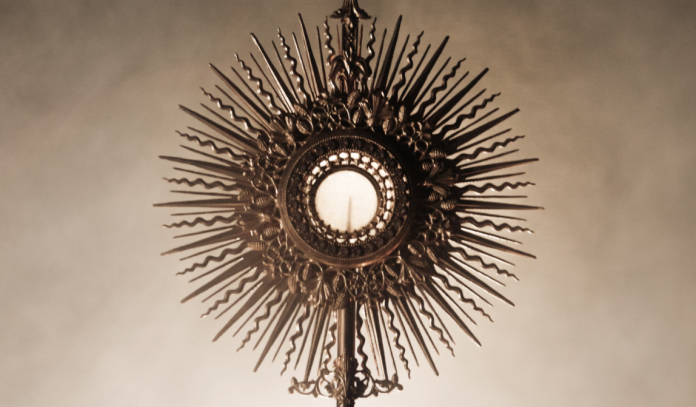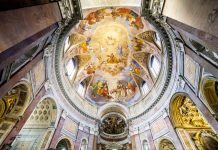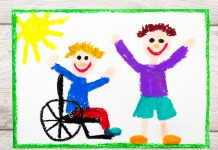
Sharing the bold, clear teaching of the Eucharist
LYNN WEHNER
In the Catholic faith, few things are more clearly stated than the central teaching of the Eucharist: “The Eucharist is ‘the source and summit of the Christian life.’ … For in the blessed Eucharist is contained the whole spiritual good of the Church, namely Christ himself” (CCC, 1324).
Bold. Clear. And yet, in our human frailty, belief falters. A recent Pew Research poll stated that approximately two-thirds of Catholics believe the Eucharist is just a symbol. Tragic. But where do we turn for help in teaching the truth?
We can turn to the Church Fathers. St. Cyril of Jerusalem asserted in the fourth century: “Do not see in the bread and wine merely natural elements, because the Lord has expressly said that they are his Body and his Blood: faith assures you of this, though your senses suggest otherwise” (Ecclesia de Eucharistia, 15; cf. CCC 1373, 1375).
Most importantly, we can turn to Scripture. In the Gospel of John, Jesus’ words on this are direct — and full of hope for the believer.
From the Word
Jesus said to them, “Amen, amen, I say to you, unless you eat the flesh of the Son of Man and drink his blood, you do not have life within you. Whoever eats my flesh and drinks my blood has eternal life, and I will raise him on the last day.” (John 6:53-54)
Class discussion
■ Is the Eucharist a symbol of Jesus Christ? (No! It is the Real Presence of Our Lord, Body, Blood, Soul, and Divinity.)
■ What is it called when, through the words and actions of the priest, the bread and wine become the Body and Blood of Jesus? (transubstantiation)
■ What happens when we receive Holy Communion? (In CCC, 1416, we learn that Holy Communion “increases the communicant’s union with the Lord, forgives his venial sins, and preserves him from grave sins. … It also reinforces the unity of the Church as the Mystical Body of Christ.”)
Activities
1. You’re invited. Impress upon students that one of the most wonderful things we can do for others is to invite them to Mass. Provide materials to create in class a beautiful written invitation they can give to a family member or friend. And pray together with them that the Holy Spirit guides their efforts and opens someone’s heart to say “yes”!
2. How much is a Mass “worth”? Read the book The Weight of a Mass to your class. A poignant fairytale, it tells of a village who needed to learn the true value of the Eucharist. It’s great discussion material in a format that will reach students’ hearts.
Each time we celebrate the mystery of the Eucharist, “we ‘break the one bread that provides the medicine of immortality, the antidote for death, and the food that makes us live for ever in Jesus Christ’” (CCC, 1405).
Yes, this is breathtaking. So how do we communicate its magnitude? We share both the timeless teaching of the Church and depth of our personal faith — and we trust that Jesus himself will meet our students in his own life-giving words: “This is my body, which will be given for you; do this in memory of me” (Luke 22:19).
LYNN WEHNER is a Catholic writer, editor, speaker, and catechist who lives with her husband and their children in Connecticut.
PHOTO: JACOB BENTZINGER/UNSPLASH
This article was originally published in Catechist, November-December 2019.




